Kuelap Fortress is one of the largest and oldest historical sites in South America, often referred to as the "Machu Picchu of the North." This walled city, with over 400 stone structures, was recognized as a National Cultural Heritage Site in 2017.
Rising more than 20 meters high and covering 218 hectares, the fortress was built by the Chachapoya culture at an impressive altitude of over 3,000 meters. Believed to have served as a stronghold for the "Warriors of the Clouds" as early as 500 BCE, it holds secrets that continue to intrigue historians and travelers alike. What other mysteries are hidden within these ancient walls? Let's find out here.
Kuelap: The "Machu Picchu" of Northern Peru
Located in the northern region of Peru’s Amazon, near the border with Ecuador, Kuelap is often compared to Machu Picchu due to its size, breathtaking location, and importance in history.
This fortified city, constructed by the Chachapoya culture, sits amidst a rugged and dramatic landscape filled with steep cliffs and deep canyons. At over 3,000 meters above sea level, it is even higher than Machu Picchu, which stands at around 2,400 meters.
Kuélap is clearly much older than the Inca Empire, and its monumental design suggests it held a major role in the Chachapoya’s past. Its architecture closely resembles what is typically found across the Chachapoya region, a culture known for their distinctive style and as the "Warriors of the Clouds."
The exact period when Kuélap was built remains unclear. Some studies estimate it dates back to the 8th century, but many details about its history are still unknown. Researchers are unsure how long it flourished or why its inhabitants eventually abandoned it.
Historians believe the Chachapoya civilization thrived between 800 and 1570 A.D. During this time, they created remarkable symbols and built extraordinary structures for religious, administrative, and defensive purposes. Many of these remain almost intact to this day and are now awe-inspiring tourist attractions, showcasing the advanced skills of this ancient culture.
Beyond the fortress, the Chachapoya expanded into areas like modern-day Amazonas and San Martín. They established themselves in these regions and grew as a society until they were eventually conquered by the Inca Empire, marking the start of what’s now called the Classical Chachapoya Era.
Location
Kuélap Fortress is located in the Tingo district, just south of the town with the same name, in the province of Luya, Amazonas region. Perched on top of a rocky ridge at an altitude of 3,000 meters (9,843 ft), it offers breathtaking views and a unique strategic position.
The city is built on two massive, stacked artificial platforms that form its foundation. One of the most striking features is the towering defensive walls that separate the "Lower Town" from the "Upper Town," giving the site its imposing presence.
Everything in Kuelap was constructed using limestone blocks. The entire complex runs from south to north, measuring 584 meters in length and around 110 meters wide. The outer wall, an incredible 20 meters high, encircles the site.
There are three main entrances to Kuelap: two on the eastern side and one on the west. These are designed as narrow passageways that eventually lead to a small doorway—so narrow that only one person can enter at a time. This clever design added an extra layer of security to the fortress.
How to get to Kuelap?
Reaching Kuélap is half the adventure, and there are a few ways to make the trip depending on your preferences. First, you’ll need to get to Chachapoyas, the main town in the Amazonas region. Here’s how you can do it:
By Plane
- You can fly directly from Lima to Chachapoyas. It’s a short flight—about 1 hour and 45 minutes—and the most convenient option if flights are available.
- Another option is flying to Jaén, which takes around 1 hour and 25 minutes. From there, you’ll need to take a 4-hour bus ride to Chachapoyas. This is a good backup plan if direct flights to Chachapoyas are full or unavailable.
By Bus
- If you’re up for a long ride, you can take a bus from Lima to Chachapoyas. It’s a 22 to 24-hour journey through the Andes, so get ready for some spectacular views along the way. This option is great if you enjoy the road trip experience, but it’s definitely not for the impatient traveler.
From Chachapoyas to Kuélap
Once you’ve made it to Chachapoyas, the next step is getting to Kuélap itself. Most people head to Nuevo Tingo first, which is the starting point for reaching the fortress. Here’s how to do it:
By Cable Car
- Take a shared taxi, or colectivo, from Chachapoyas to Nuevo Tingo. It’s a quick trip, about an hour, and costs 9 soles. Colectivos leave regularly, so you won’t have to wait long.
- At Nuevo Tingo, walk to the cable car station and buy your ticket for 25.90 soles.
- The ticket includes a short 10-minute bus ride to the cable car platform.
- The cable car ride itself is about 20 minutes, with amazing views of the surrounding valleys and mountains.
- From the cable car drop-off point, it’s a 30 to 45-minute walk to the fortress. If walking isn’t your thing, you can also book a horse ride in advance to save some energy.
Hiking
- If you’re feeling adventurous and want a more physical challenge, you can skip the cable car and hike. Take a colectivo to Tingo Viejo and start the 9-kilometer trek to Kuélap. The hike takes about 4 hours and is a great way to soak in the scenery.
- Pro tip: If you’re not in a rush, consider spending the night in Chachapoyas and heading to Kuélap the next day. This way, you’ll have the entire day to explore the fortress without feeling pressed for time. Chachapoyas has plenty of affordable accommodations, so it’s a good base for your adventure. Whatever you choose, Kuélap is worth the effort!
Why Kuelap’s Location Matters?
Kuélap’s location wasn’t just chosen for its dramatic beauty—it was a brilliant defensive move. Its complex structure and strategic position helped the Chachapoya people protect themselves from potential invasions by neighboring tribes. In fact, from certain angles, it might have seemed like just another pile of abandoned ruins, hidden away in the dense forest.
This wasn’t a coincidence. The fortress was carefully planned and designed by a society determined to maintain their freedom and independence. Every stone placed at Kuélap had a purpose, and its location was key to their survival.
What to See at Kuelap
Once you make it to Kuélap, prepare to be amazed. When you get to Kuélap, there’s plenty to explore. The main entrance is a good starting point—it’s designed to narrow into a single-person passage, a clever defensive feature that’s still impressive to see. Other key spots include the Templo Mayor (Main Temple), the Circular Platform, the Central Sector, and the Tower. Each area shows the thought and effort the Chachapoya people put into their city, balancing practical needs with cultural and spiritual significance.
Entrances | Pueblo Alto |
Templo Mayor
Stone friezes
Main Entrance
The Watchtower
The cable car to reach Kuélap is worth mentioning too. It’s Peru’s first, covering 4 kilometers, and it makes the trip easier and more interesting. The ride takes about 20 minutes and gives you some great views of the surrounding landscape. It’s a practical way to get there but also adds a unique element to the whole experience.
¿Why visit Kuélap?
Kuélap is one of those places that leaves you with more questions than answers—in the best way. It’s an ancient and mysterious site, partly because we still don’t know much about the people who built it. How did they manage to create something so precise, in such a remote and high-altitude location? That mystery alone makes it worth visiting, not to mention the fact that it’s absolutely stunning and completely unique.
What’s really fascinating is that Kuélap was built long before the Inca Empire. It’s proof that other cultures in Peru were just as advanced when it came to engineering, architecture, and spirituality.
Kuelap Today: Heritage and Tourism
The fact that Kuélap is a Cultural Heritage of the Nation is reason enough to put it on your travel list. But beyond that, it’s the history, the architecture, and the sheer determination of the people who built it in such a challenging environment that make it so special. This was a place where merchants and warriors thrived, and the ingenuity behind it is impossible to ignore.
It holds the same importance as Machu Picchu, and visiting northern Peru is absolutely worth it. There are so many places in the area that aren’t as well-known but still amazing to explore. Kuélap is definitely one of those spots that shouldn’t be missed.
Entry Prices and Visiting Hours
Kuélap is open:
- Tuesday to Sunday, from 9:00 AM to 2:50 PM.
- A typical visit takes about 1.5 hours.
Ticket prices:
- Foreign visitors: 30 soles.
- Visitors from the Andean Community: 20 soles.
- Foreign university or technical students: 15 soles.
- Students from the Andean Community: 10 soles.
- Seniors (60+): 15 soles.
- Children: 2 soles.
Where to Get Tickets:
You can buy your tickets either on-site or online at tuboleto.culture.pe. Just select Kuélap from the list of destinations and pick the type of ticket you need. Keep in mind, the ticket only covers entry to the site.
Tips for Visiting Kuélap
- When to go: The best time to visit is between April and November, when the weather is drier. If you’re up for an adventure, you can visit any time of year—just be prepared for the conditions.
- Spend a day in Chachapoyas before heading to Kuélap to adjust to the altitude.
- Take your time walking to avoid altitude sickness.
- Bring light snacks like nuts or fruit for the journey.
- Wear warm clothing, a rain jacket, and trekking shoes.
- Don’t forget essentials like sunscreen, sunglasses, and mosquito repellent.
- Have some cash on hand in Peruvian soles for small purchases or unexpected expenses.
Final Thoughts
Peru is packed with history, stunning landscapes, and incredible experiences, and Kuélap is one of its highlights. If you’re planning a trip, aim for the drier months between April and November. But if you enjoy a bit of adventure, any time of year can work, as long as you’re ready for whatever nature brings.
Whenever you go, Kuélap and the surrounding region are ready to welcome you with their unique charm and unforgettable sights!
Keep reading our guides! |

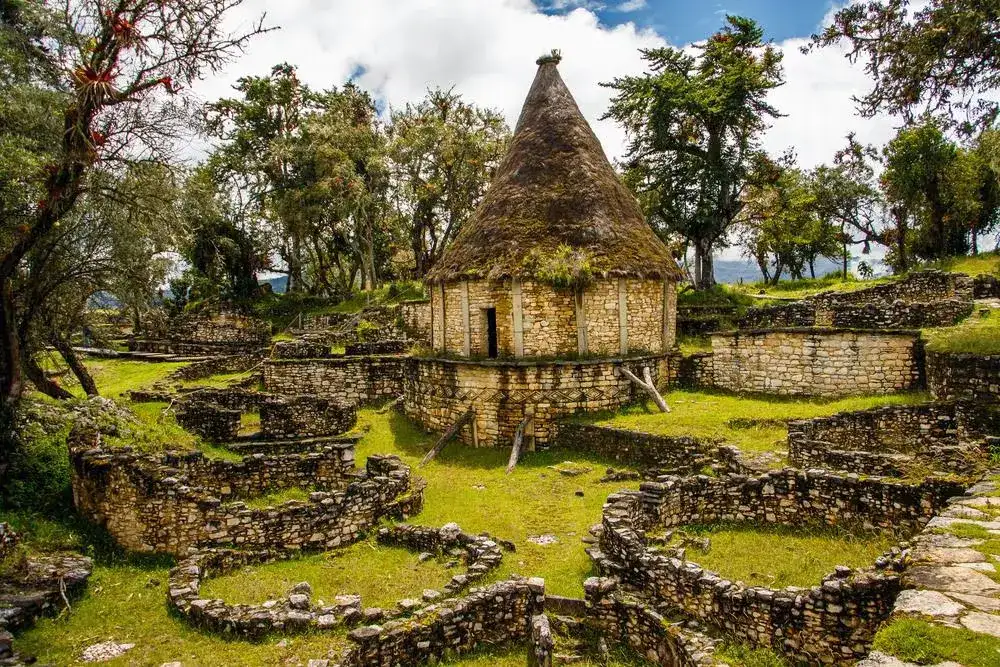
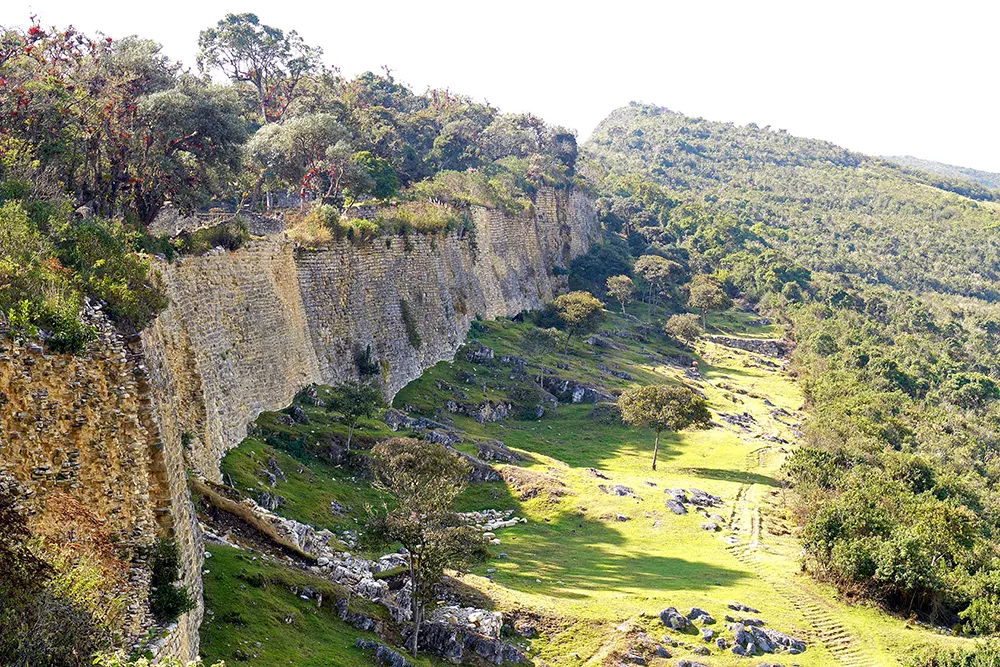
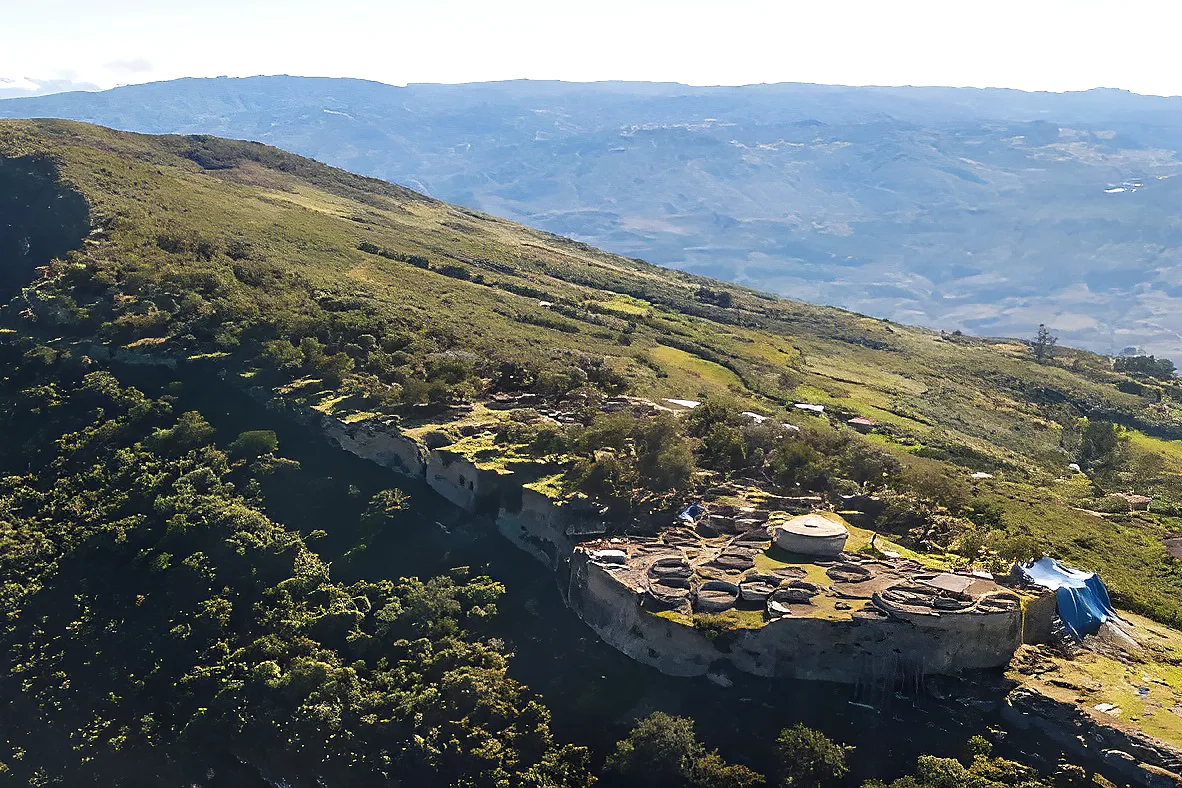
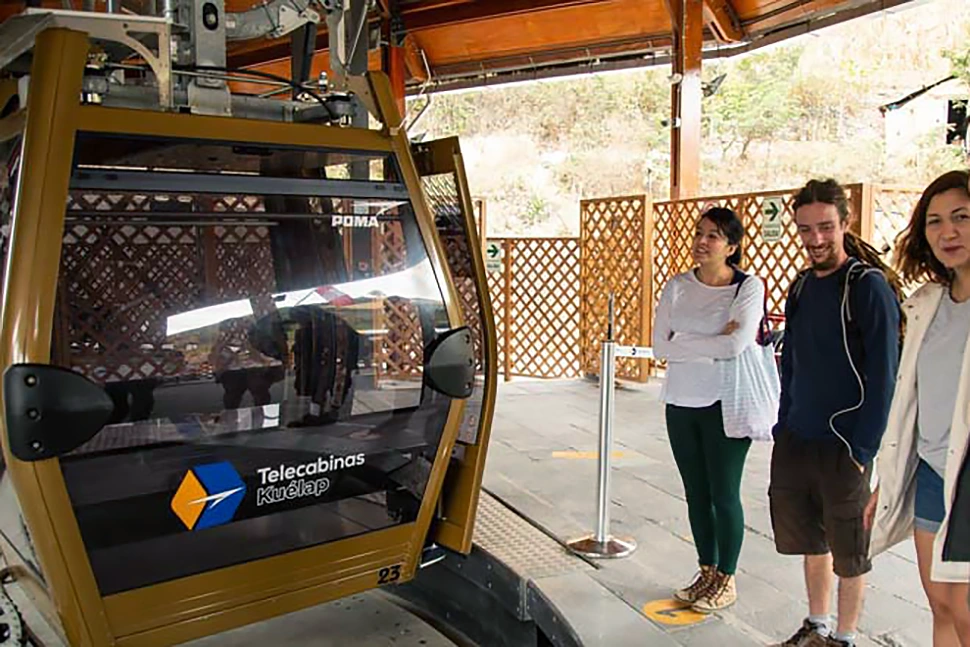
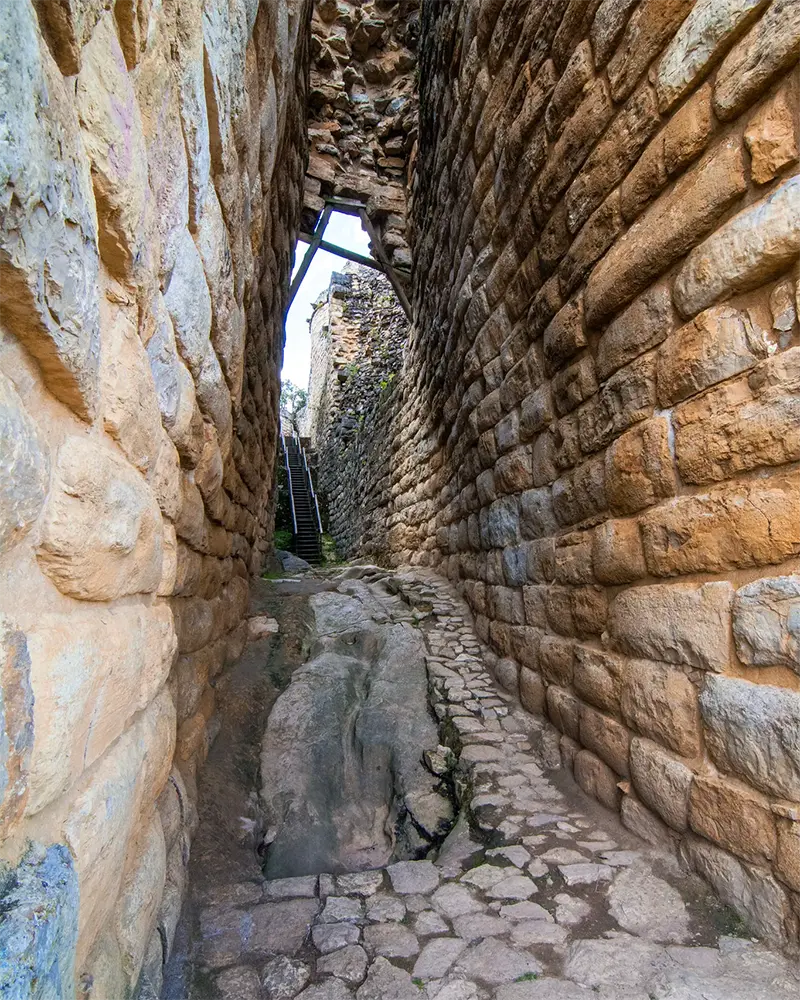
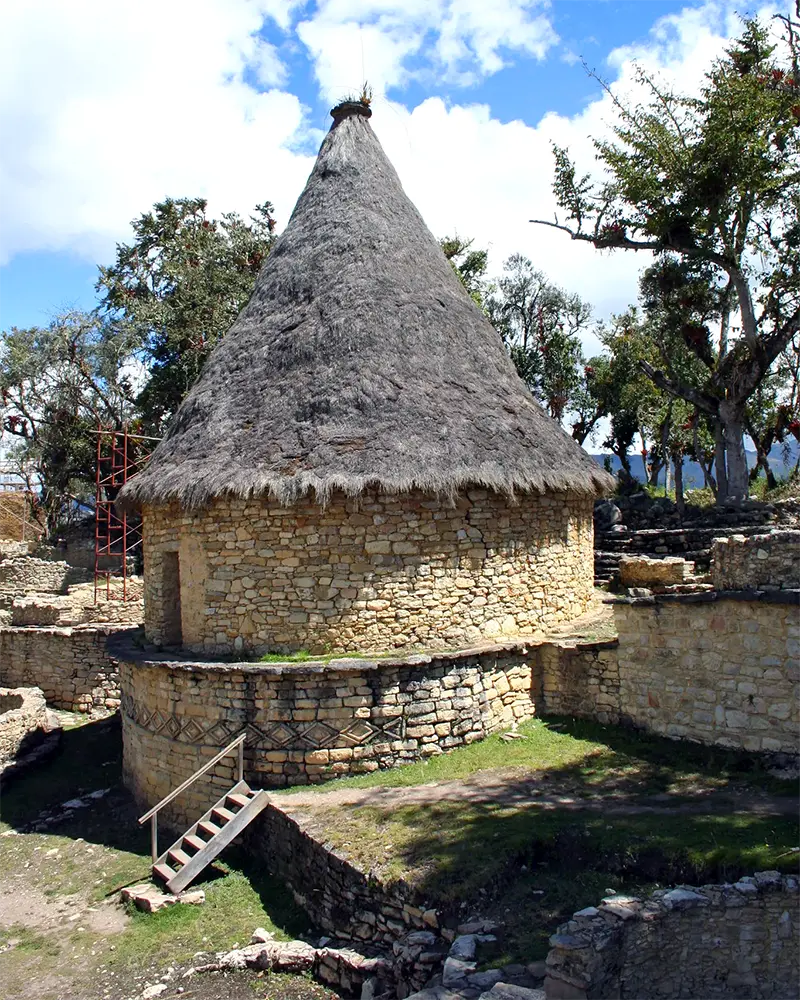
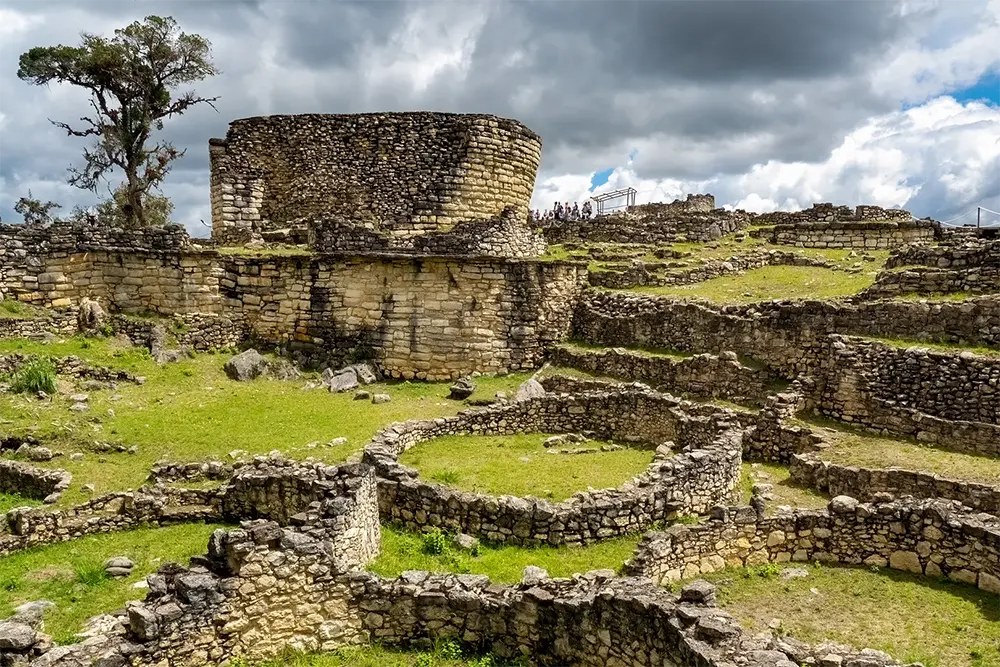
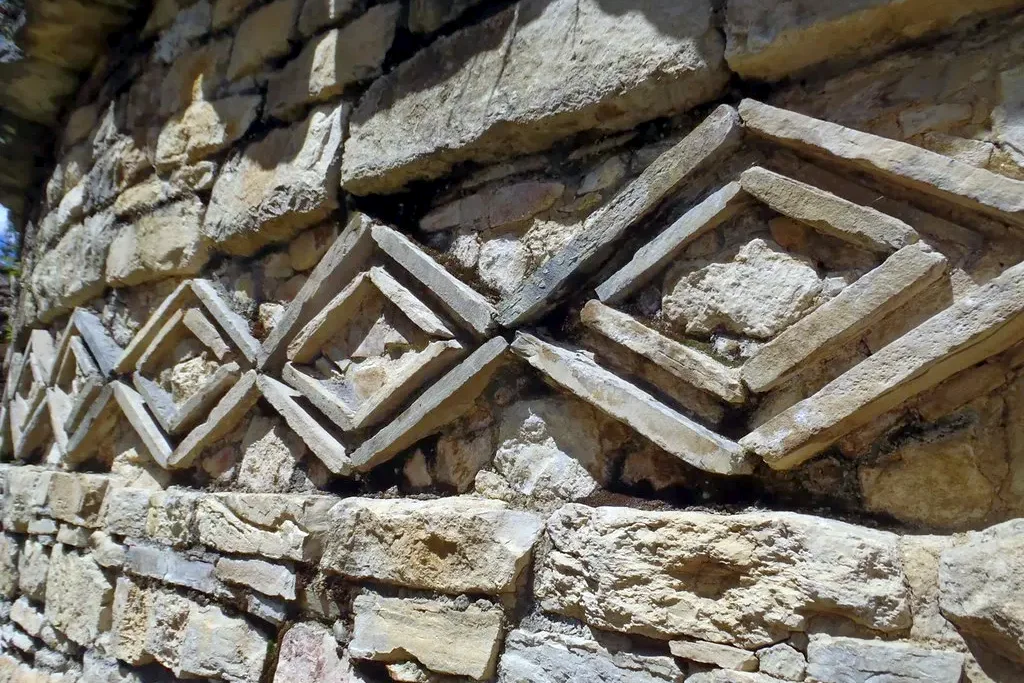
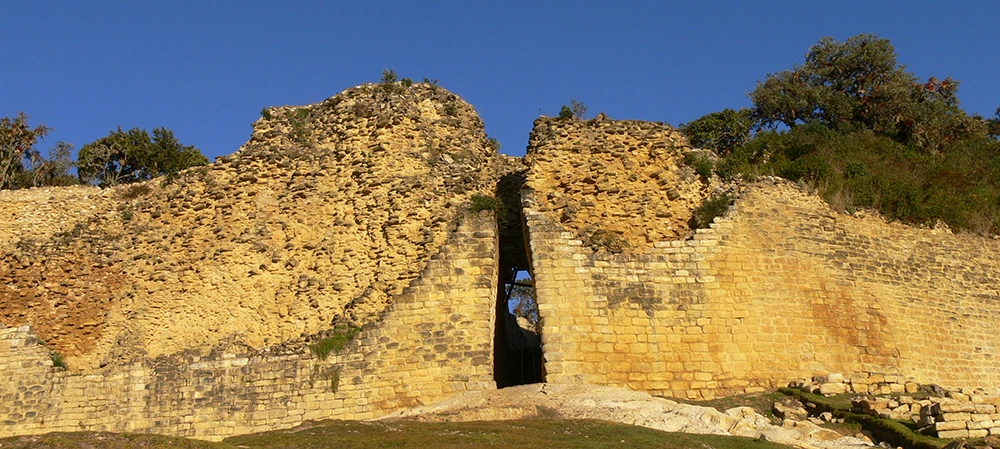
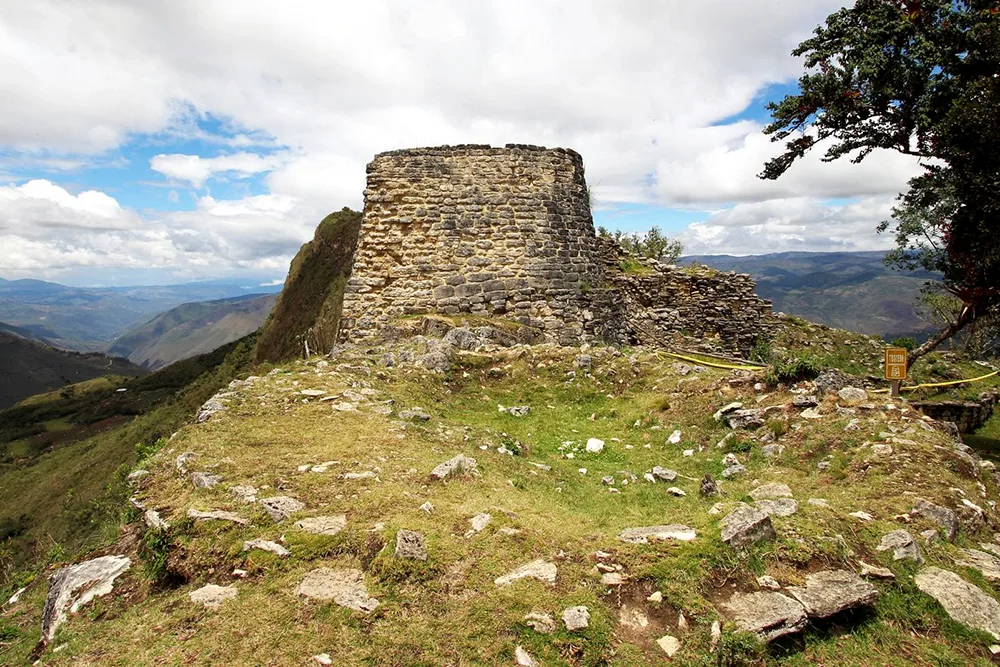
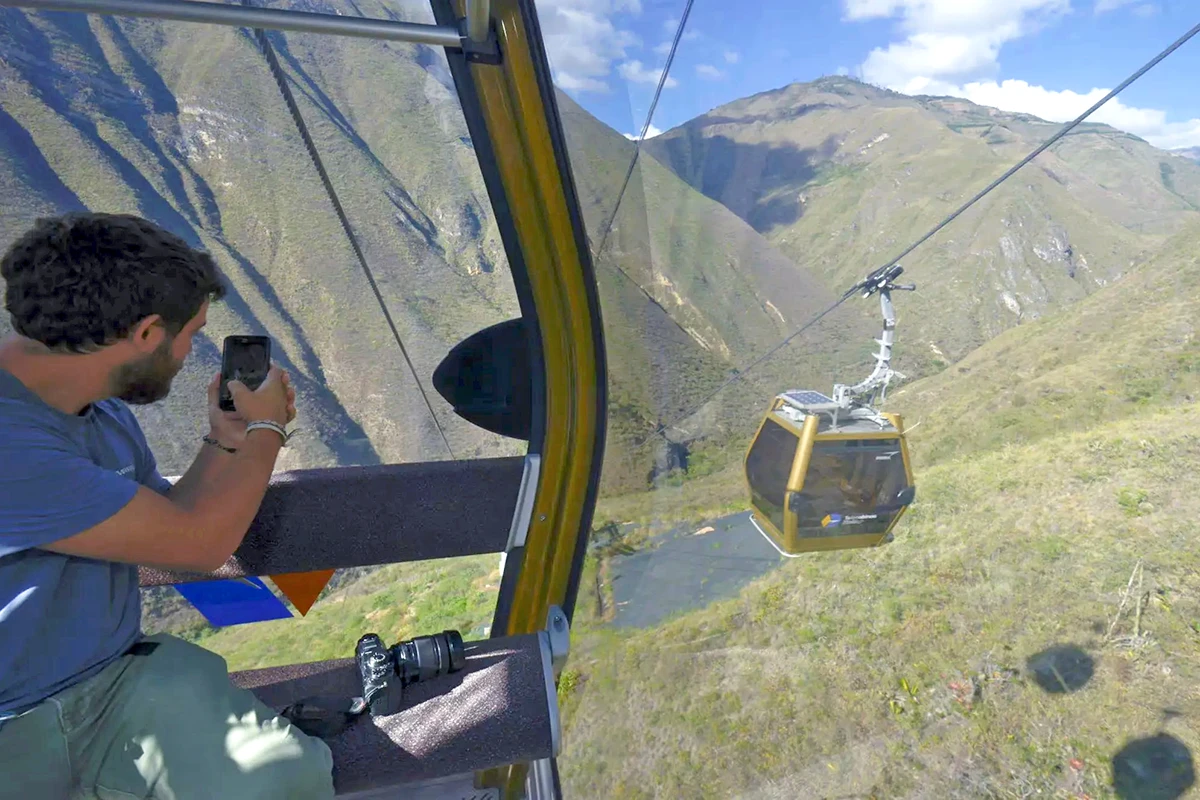

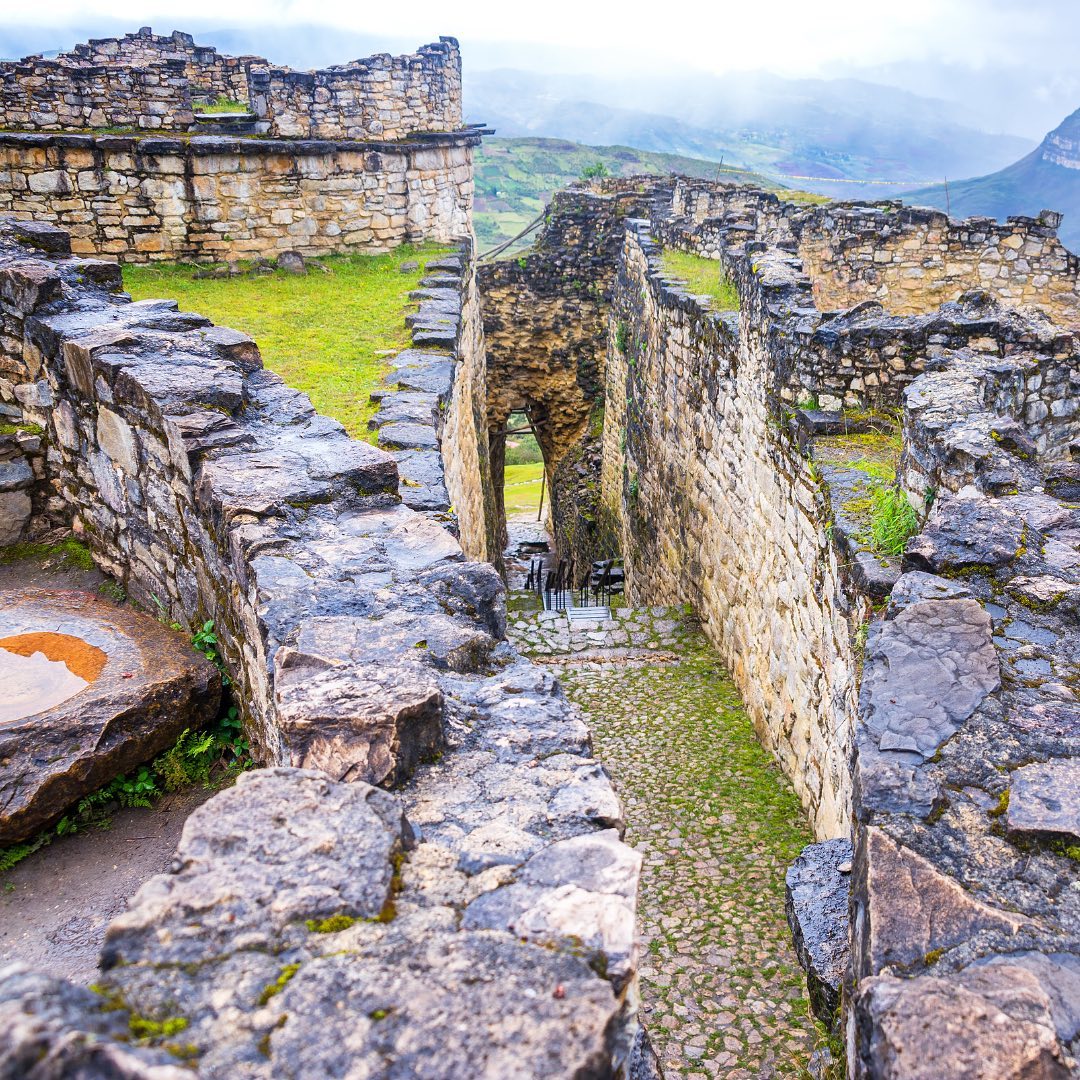
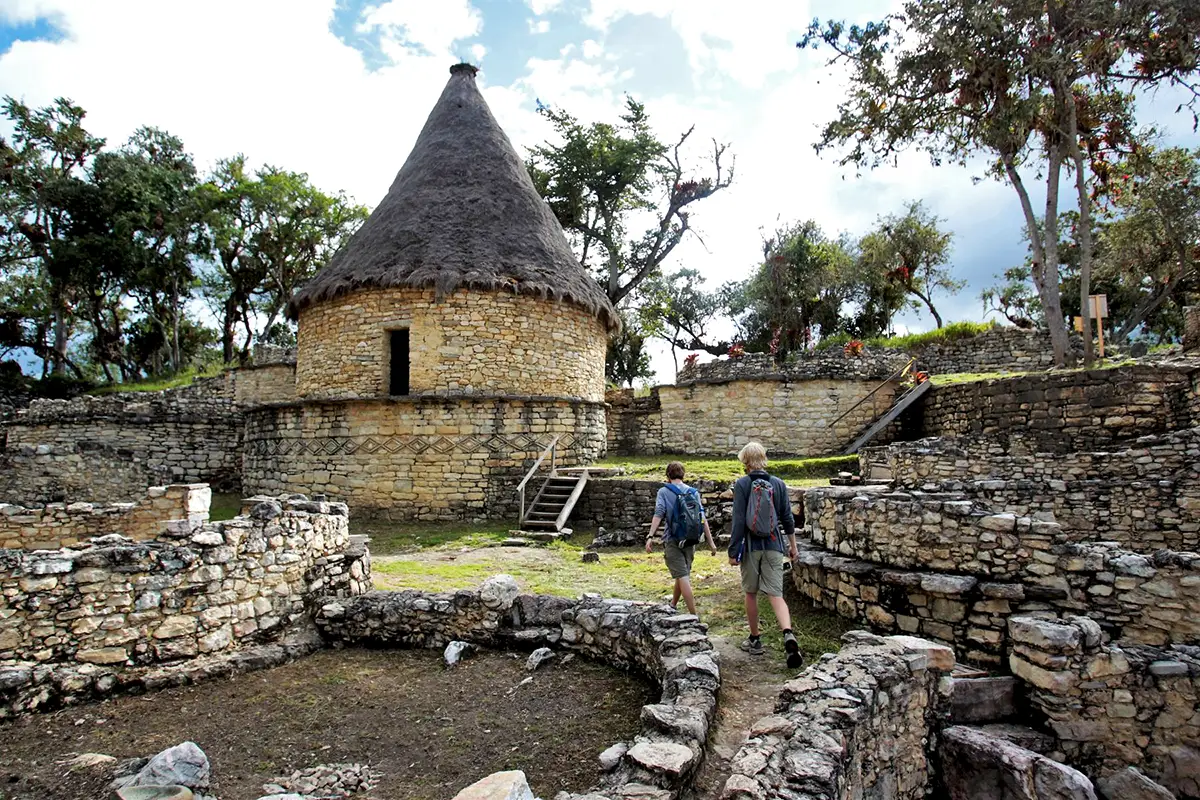

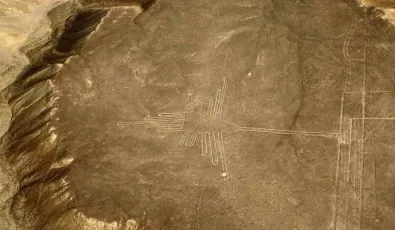
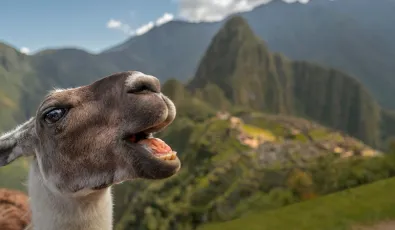
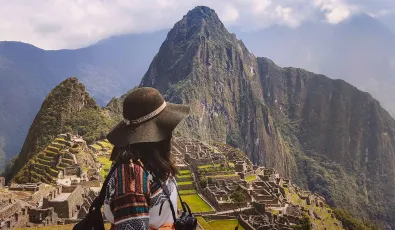

Add new comment